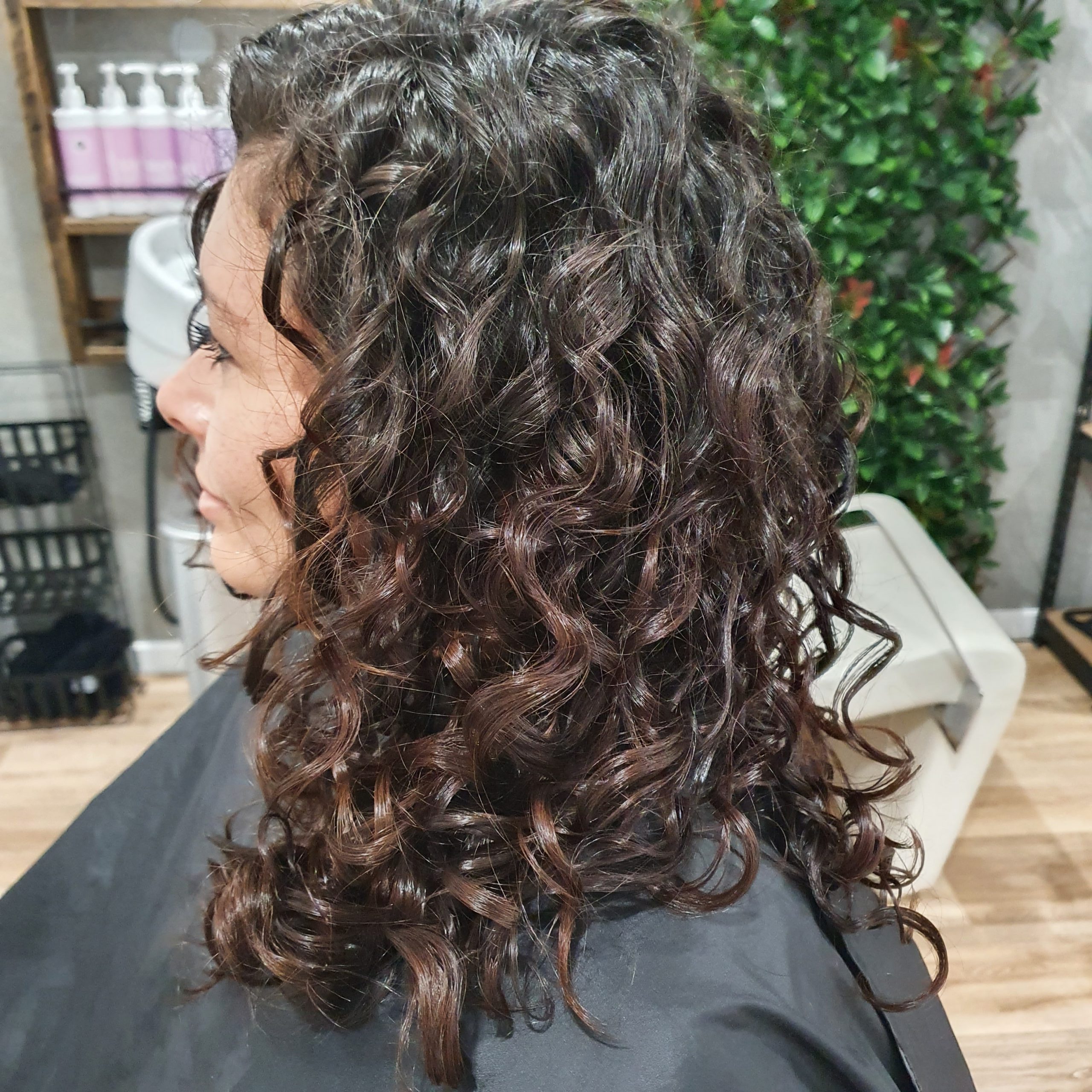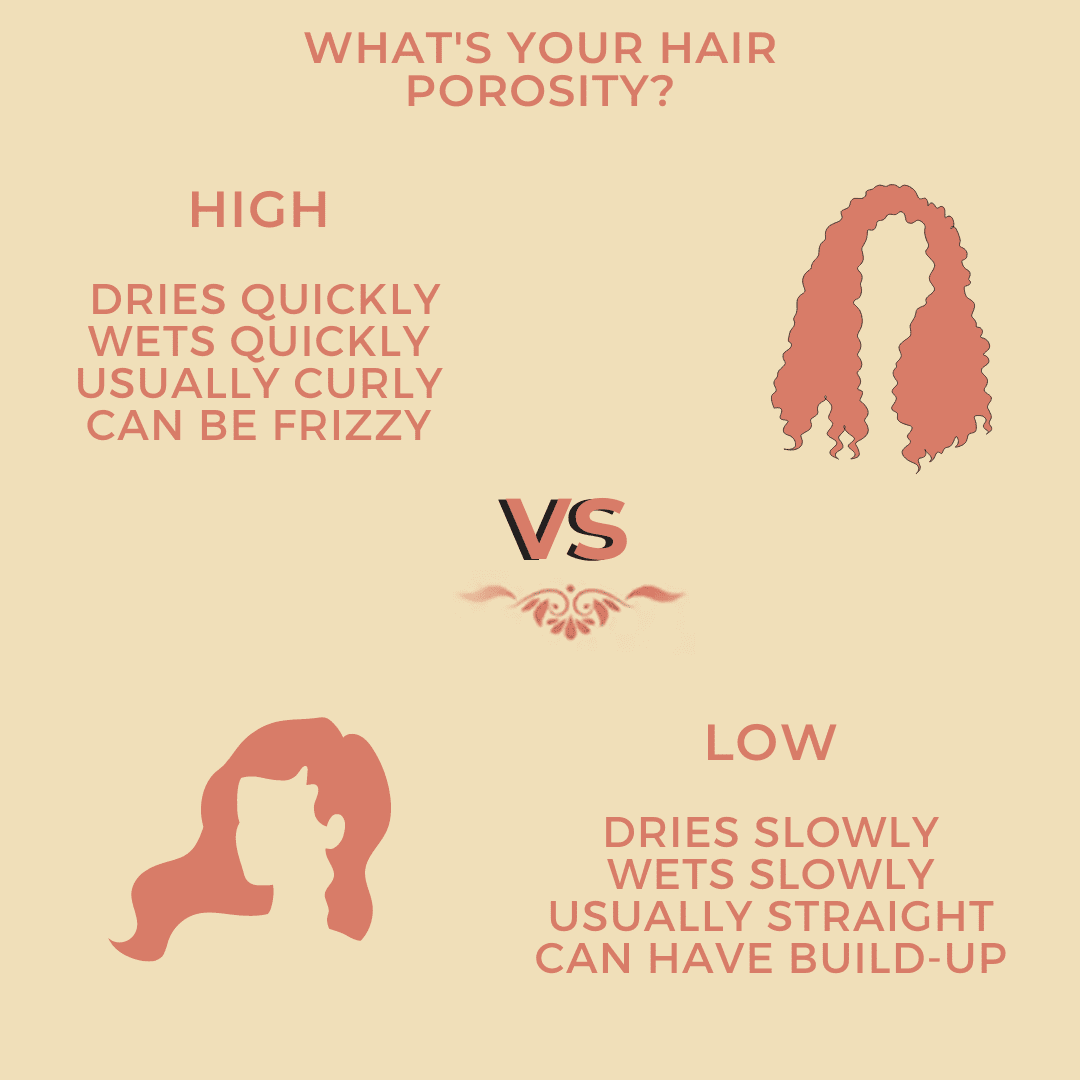Table Of Content

A hair pull test is a clinical examination conducted by a healthcare provider, often a dermatologist, to evaluate the hair condition and assess the extent of hair loss. It is important to note that this type of shedding is temporary and normal. As the body gradually readjusts, the excessive shedding subsides, and within six to nine months, the hair typically regains its normal fullness. In reality, the hair loss experienced during showering is often within the normal range of daily shedding.
Understanding the Difference Between Normal Shedding and Treatable Hair Loss
The latter doesn't accurately indicate whether your hair loss is normal or something to worry about, and Kingsley cautions about using this as a barometer due to its addictive nature. "I find that if a person pulls on his or her hair and does not see any hair the first time, he or she will repeat the action four or five times until hair comes out," he says. "It is almost as if people want continuous proof that their hair is falling out." When you start to notice some extra hair in your brush or circling the shower drain, it's natural to be come worried about hair loss.
Do You Lose More Hair in the Shower?
A doctor will be able to assess whether your hair loss is normal shedding. There’s no way to measure the difference objectively, because daily heat styling and frequent hair coloring plays a big part in how much of your hair sheds. Approximately 40 percent of women lose extra hair every day because of the way they style it. Women are also more likely than men to experience periods of increased hair shedding due to life events like pregnancy and menopause. If you experience an uptick in your daily hair fall, it's important to pay attention to how long it lasts, and whether you can pinpoint an event that may have triggered temporary increased hair loss. "There's probably something internal going on or maybe it's the beginning of hair thinning."
Causes of hair loss
Why Are Your Eyelashes Falling Out? Dermatologists Explain - Real Simple
Why Are Your Eyelashes Falling Out? Dermatologists Explain.
Posted: Tue, 26 Mar 2024 07:00:00 GMT [source]
On the whole, it’s important that you speak with your doctor about any symptoms you’re experiencing. A dermatologist can provide a proper diagnosis, and select a personalized treatment that will help restore health to you hair and scalp. Alopecia areata is an autoimmune condition that is characterized by “round patches of hair loss on the scalp,” although it can occur elsewhere on the body, Agbai says. While the exact reason for this type of hair loss is unknown, it is generally understood that “the immune system mistakenly attacks hair follicles, leading to hair loss,” she adds. Another test that you can try to determine how much hair loss you’re experiencing is the 60-second hair count.
How to reduce hair shedding
Since strands are most susceptible to breakage when they are wet—curls and coils are the most delicate, due to their lower elasticity—be gentle during the detangling process, Dr. Howard-Verovic explains. Consider using the Pattern Beauty Shower Brush ($17, ulta.com) and take a careful approach. According to the American Academy of Dermatology, a typical loss is 50 to 100 strands per day.

That’s because your hair cycle got interrupted due to illness. But this will settle down, and your hair will begin to grow back again. So the 100 hair shed per day rule is a rough estimate to work with. At the moment, it applies to both men and women and across all ages.
No more than 10 hairs per 100 strands being tugged should be coming out. Stress and certain health conditions may cause increased shedding. As a part of hair growth cycle, new hair grows to replace the fallen hair.
Your clinician might prescribe anti-inflammatory medications, like corticosteroids, if hair loss seems related to an autoimmune condition. Over-the-counter (OTC) medications generally consist of topical creams, gels, solutions, or foams that you apply directly to the scalp. The most common products contain an ingredient called minoxidil.
How can I tell if I am losing too much hair?
If you're dealing with hair shedding or hair loss, it's crucial to understand that there could be many underlying causes. The best course of action is to schedule an appointment with a board-certified dermatologist if you're experiencing excessive shedding or noticeable hair loss. Once they've determined the cause, they can recommend available treatment options to help you combat your hair shedding or loss.
If you like the idea of adding supplements to your routine, there are some which are specifically formulated to contain ingredients that increase hair thickness and health. Being gentle with your hair while it’s experiencing change is important so as not to exacerbate any thinning. It goes without saying that excessive heat and chemical treatments aren’t a good idea, but try and opt for protective hairstyles too. “Opt for hairstyles that minimize tension on the hair follicles, such as loose braids, buns or ponytails,” advises Gaboardi. “Avoid tight hairstyles and hair accessories that pull on the hair and handle your hair with care to minimise breakage and damage. “Increased shedding in the shower” could also be a sign of significant hair loss, says Fox.
The water and the act of washing and rinsing can loosen and dislodge hair that is already in the shedding phase of the hair growth cycle. This can give the impression of losing more hair in the shower. According to the American Academy of Dermatologists, it’s normal to lose anywhere from 50 to 100 strands of hair per day. For people with longer hair strands, losing them may be more noticeable.
In most cases, hair loss returns to its regular rate within a few months. The average person loses about 50–100 hairs each day, and this number may increase naturally as the person ages. Losing anywhere from 50 to 100 hairs every day is considered normal by the American Academy of Dermatology. It varies from person to person, some lose more and some less. The everyday wear and tear from combing, washing and styling causes hair to chip and split. Plus, whenever you are using a hot tool on your hair, like a flat iron or curling wand, use a protectant—or use low heat to preserve the integrity of your strands without sacrificing the style.
Polycystic ovary syndrome (PCOS), thyroid disease and certain autoimmune conditions, such as alopecia areata and lupus, can all cause hair loss. It's likely that everyone will experience telogen effluvium at some point in their lives, says Dr. Kuhn, but the good news is that this is not permanent and your hair will come back completely over six to 12 months. A stressful event or acute illness may cause a person to shed more hair than normal.






